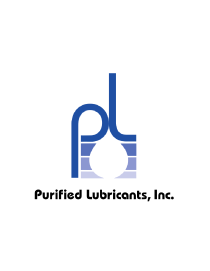“Can you recommend some effective ways to help break bad habits regarding lubrication and maintenance, as well as how to establish good habits?”

“Can you recommend some effective ways to help break bad habits regarding lubrication and maintenance, as well as how to establish good habits?”

PerkinElmer recently introduced a new particle counter platform that is designed to combine particle counting and sizing as well as wear metals analysis of in-service oils and lubricants.

Scanning electron microscopy/energy-dispersive spectroscopy (SEM/EDS) can be an effective method of wear debris monitoring to help prevent equipment failures. Modern SEM/EDS has evolved to enable automated analysis and processes, which are key techniques in circumventing the technical challenges involved in selecting the right tools to perform a proper analysis in a timely and economical manner. The following three case studies will show how SEM/EDS technology can successfully resolve tough analytical problems using particle sizing and characterization, wear debris analysis and filter debris analysis.

Imagine an operation in which there are no lost-time accidents, overall equipment effectiveness (OEE) is increasing, and there is a plan to address the skills shortage. These sites do exist, and chances are they’re using procedure-based maintenance.

Sealable and reusable (S&R) containers are becoming more and more popular in the lubrication industry. These containers, which come in many different styles and sizes to fit your needs, can have a quick impact on your lubrication program, helping to prevent particle ingression into new oils and cross-contamination of different oils.

